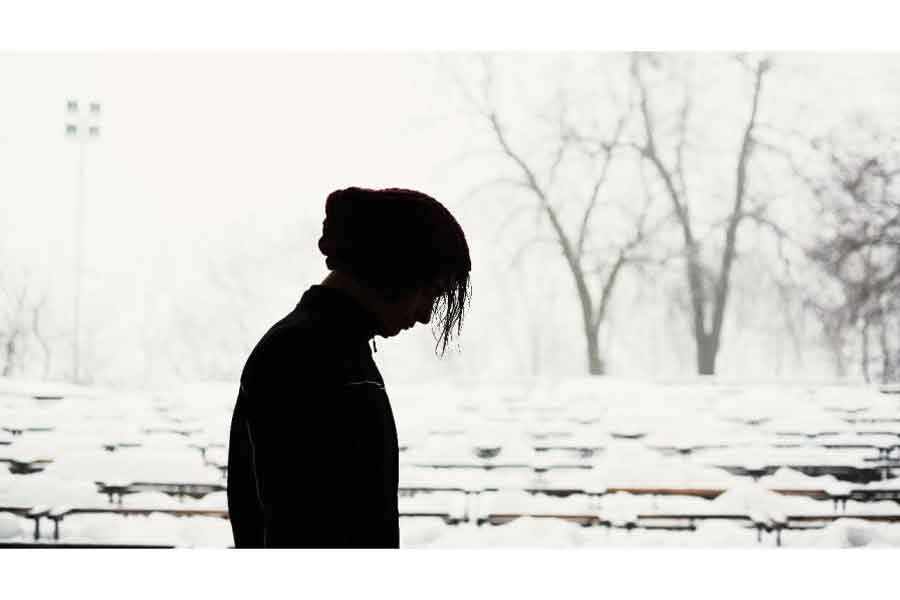More than 14 million Americans struggle with seasonal affective disorder, or SAD, according to the American Academy of Family Physicians.
Why are you feeling so blah? Every winter, people who typically describe themselves as happy feel a bit off. For those who already have bouts of depression, the feelings intensify.
There is much to know about seasonal affective disorder (SAD) and research continues to make connections between our minds, bodies and response to light and darkness, which determines how we feel from November to April.
SAD is four times more common in women than in men and more prevalent the farther north you go -- Seattle versus Miami, for example. Symptoms include anything from lethargy, trouble sleeping, sluggishness in the mornings, depressed mood, feeling withdrawn or antisocial, short tempered or irritable.
Some people do well with light therapy especially since SAD is typically connected to the clock change with symptoms appearing late fall or early winter and then disappearing when there's more daylight in spring and summer, reports Fox News.
The biggest misconception people have when it comes to winter blues is that they think it’s not as severe a condition and that it won’t impact their overall health. They think as long as they are functioning, they shrug off the blues as just the way it is.
Over time however, this form of depression can train the brain that a depressed mood is the norm leading to forming neuropathways that coincide with this belief.
They may also think that the second springtime comes when there is more daylight, they’ll wake up one morning free of the blues. The longer someone feels depressed, the more difficult it is not to feel depressed. Another misconception is that SAD has to do with cold weather.
While people may feel better in a warmer climate, SAD is said to be a chemical imbalance in the brain triggered by loss of daylight.
People who have depression or bipolar disorder and/or a family history of this are at a higher risk of being diagnosed with SAD. Interestingly, SAD is more prevalent in younger people with it surfacing in the early twenties.
Newer research has found some biological connections to SAD reported by the NIH mentioning a possible link of insufficient vitamin D and symptoms of depression. People with SAD also have an inability to regulate neurotransmitters responsible for mood, serotonin and an overproduction of the hormone melatonin, which regulates sleep cycles. This explains why people with SAD are often tired.
Common symptoms of SAD include lethargy and hypersomnia, cravings for carbohydrates and the desire to withdraw socially and hibernate. This typically ties into overeating and weight gain. It’s common for people with SAD to experience weight gain in winter and then weight shedding in summer.
Treatment typically includes a combination of cognitive behavioral therapy with a technique where people think of pleasurable activities done either indoors or out that help them cope through winter. Light therapy, which has been the ‘go-to’ treatment since the 80’s is still used.
Vitamin D supplements or exposure to sunlight for at least an hour daily (morning or lunchtime walk), and medication such as Selective Serotonin Reuptake Inhibitors or SSRI’s is also an option.
Because SAD can negatively impact job performance, personal relationships and overall health, it’s important not to ignore it and shrug it off as a wintertime thing. Work closely with a doctor to help you cope with feeling a drop in energy and mood due to SAD.


